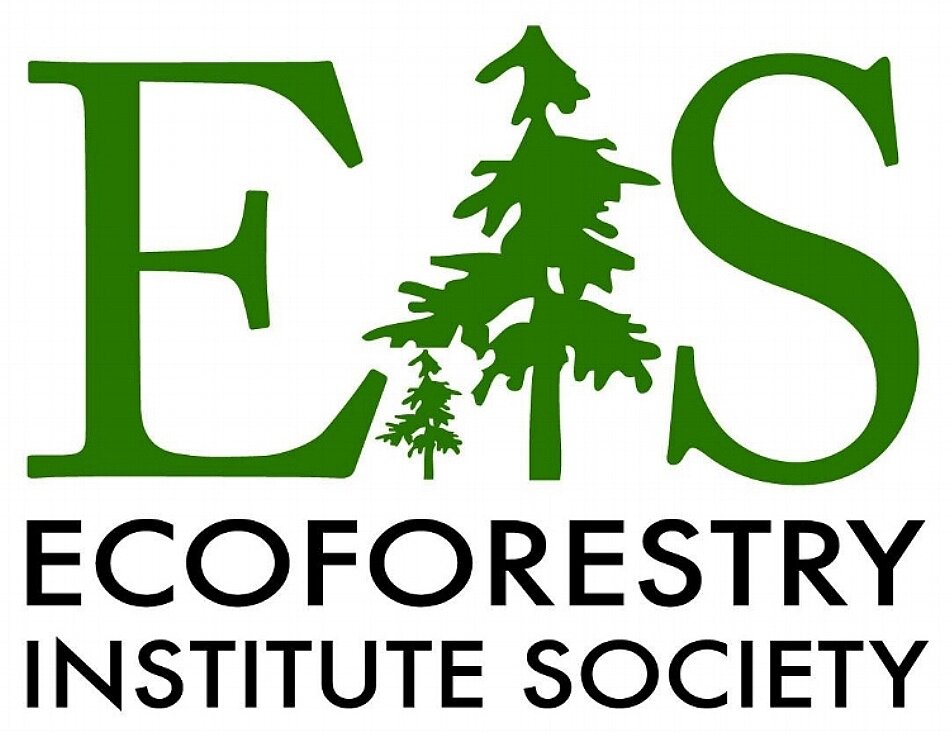Oceanspray (Holodiscus discolor)
Oceanspray is a medium to tall shrub in the Rose Family (Rosaceae). It is well named, with its beautiful sprays of tiny cream-coloured flowers that bloom around May and June (or later at higher elevations) and its frequency on coastal bluffs. It is known for its very straight branches and hard wood; it is sometimes called “ironwood” because of the denseness of its wood. It is also called “creambush” from the colour of its flowers. It has multiple, upright, sometimes arching stems. In the younger stems the bark is light reddish-brown and distinctively ridged; the older ones have grayish bark that can be somewhat shredding.
The leaves of oceanspray are deciduous, bright green above and lighter beneath, somewhat hairy, and with prominent veins on the undersurface. Arranged alternately on the twigs, they are usually 3-8 cm long, and oval to triangular in shape, coarsely toothed or lobed around the edges, the teeth often having small secondary teeth. The creamy-white flowers are small, each with 5 petals and a 5-lobed calyx. The flowers are borne in dense plumes, pyramidal and often slightly drooping; the many small stamens of the flowers give the clusters a soft, fluffy appearance. In good sites, the bushes appear completely covered in creamy masses of flowers. They are sought by a multitude of native bees, butterflies (including swallowtails and Lorquins Admirals) and other pollinators. The flowers ripen into tiny light brown achenes and the dry brown fruiting clusters remain on the bushes over the winter.
Oceanspray is common within the Coastal Douglas-fir zone on southern Vancouver Island and the opposite Mainland (and in isolated populations further north, as in the Bella Coola Valley). It ranges across southern British Columbia, east to Idaho and Montana and south to California. It grows in open Douglas-fir woods, rocky slopes and knolls, often with garry oak and arbutus, and along roadsides and in clearings. It is an excellent shrub for gardens and is available commercially in some nurseries. It propagates easily from seed and can be also grown from semi-hardwood cuttings or transplanted suckers.
For First Peoples, oceanspray is valued for its straight hard stems, which have been used for arrows, mat-making needles and knitting needles, fishing spears, salmon and clam barbecue skewers and root-digging sticks. Sometimes people would prune or coppice (cut back to the ground) the stems to encourage the regeneration of many long, straight stems. The names for oceanspray in several Indigenous languages of our region indicate its utility. For example, it is called qálxay’ (“digging-stick plant”) in the Sḵw̱xwú7mesh(Squamish) language, qáthəłp (“fish-spear prong plant”) in the Hul'qumi'num’ (Halkomelem) language of the Quw’utsun, Stz’uminus and Snuneymuxw Salishan peoples, and pátsʔ-az'(“digging-stick plant”) in the Stl’atl’imx (Lillooet, or Lil’wat) language of the Mount Currie and Lillooet areas. Oceanspray is also a “phenological indicator” for some people. Its blooming in early summer was a sign for the WSÁNEC’(Saanich) people that it was time to start reefnet fishing for sockeye, and, for the Tl’a’amin, when oceanspray blossoming indicated the time to harvest butter clams.
Oceanspray is also known for its medicinal qualities; there are various accounts of the dried fruiting heads being steeped in boiling water and the solution drunk as a tea to alleviate diarrhoea, especially in children and even infants. One of its names in the Sahaptin language of Central Washington State is taxts’xt-pamá tawtnúk (“diarrhoea medicine”).
At Wildwood, we enjoy oceanspray in a variety of sites, for example, in the rocky areas near the main entrance, and along the road nearby the homestead.
References:
Klinkenberg, Brian. (Editor) 2017. Holodiscus discolor(Pursh) Maxim. E-Flora BC: Electronic Atlas of the Plants of British Columbia [eflora.bc.ca]. Lab for Advanced Spatial Analysis, Department of Geography, University of British Columbia, Vancouver. [Accessed: 23/02/2019]
Lantz, Trevor and Nancy J. Turner. 2003. Traditional Phenological Knowledge of Aboriginal Peoples in British Columbia. Journal of Ethnobiology23(2): 263-86.
Turner, Nancy J. 1998. Plant Technology of British Columbia First Peoples. University of British Columbia Press, Vancouver and Royal BC Museum, Victoria.
Turner, Nancy J. 2014. Ancient Pathways, Ancestral Knowledge: Ethnobotany and Ecological Wisdom of Indigenous Peoples of Northwestern North America. (2-vols.). McGill-Queen’s University Press, Montreal, QC.
Turner, Nancy J. and Richard Hebda. 2012. Saanich Ethnobotany: Culturally Important Plants of the WSÁNEC’ People.Royal B.C. Museum, Victoria.



